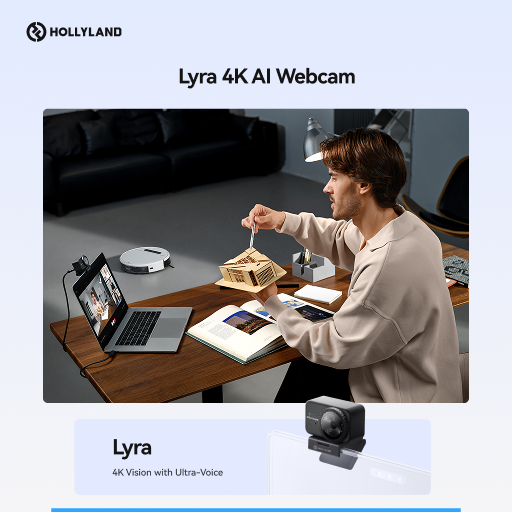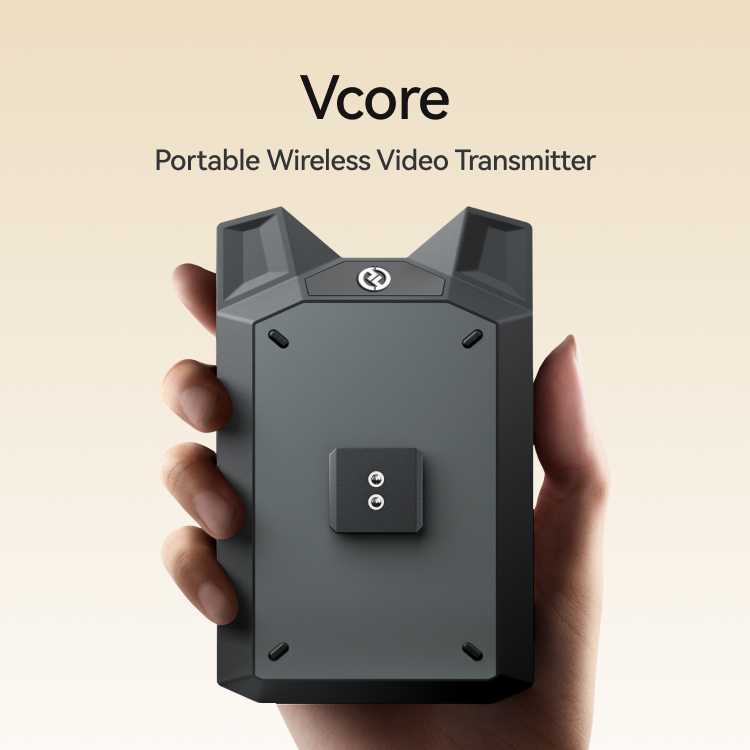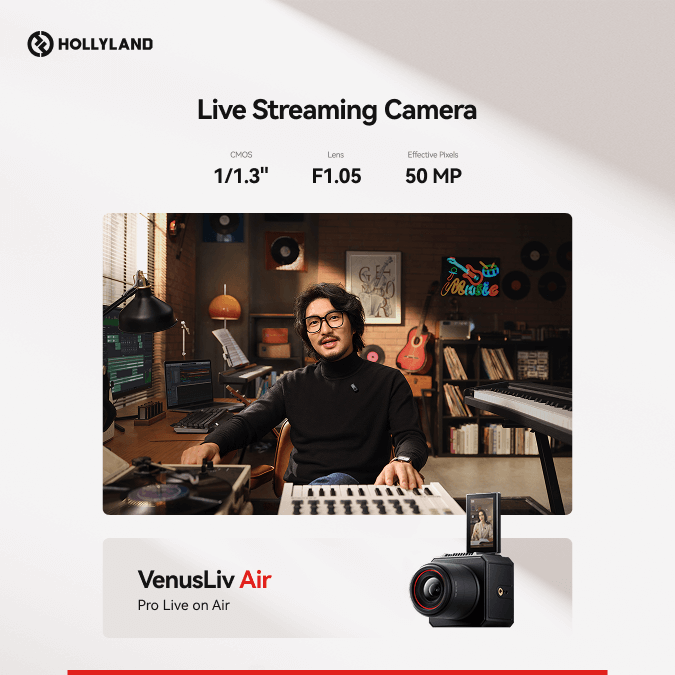Etsy is one of the most popular online marketplaces for handmade goods, vintage items, and unique crafts. Starting an Etsy shop is an exciting step for creative entrepreneurs. Did you know you can set up your Etsy shop without listing any products immediately?

This step-by-step guide will help you open your Etsy shop, set the foundation for success, and explain why you might choose to delay product listings. Whether you’re planning a launch or building inventory, this article covers you.
What Is Etsy?
Etsy is an online marketplace designed to connect small-scale creators with buyers who value originality and creativity. The platform primarily focuses on handmade goods, vintage items, and craft supplies, offering a personalized alternative to mass-produced products.
Since its inception in 2005, Etsy has grown into a community of millions of buyers and sellers. Its marketplace thrives on storytelling, authenticity, and the human connection behind each purchase. Sellers enjoy access to tools for managing their business, marketing their products, and connecting with customers, making it a perfect starting point for entrepreneurs looking to turn their passion into profit.
Why Open an Etsy Shop Without Listing Products?
You might be wondering, “Why would anyone open an Etsy shop without listing products?” At first glance, it might seem counterintuitive. Isn’t the whole point of opening a shop to sell items? While that’s true, taking the time to establish your shop before listing products can be a strategic move that sets you up for long-term success.
Let’s dive deeper into the benefits and explore why this approach is not only valid but often advantageous.
Time for Strategic Planning
Launching an Etsy shop is more than just uploading products. It’s about building a brand, creating a consistent customer experience, and setting the stage for smooth operations. By opening your shop early, you give yourself the chance to:
- Research your target audience and understand their preferences.
- Fine-tune your branding elements, including your shop name, logo, and banner.
- Plan your pricing strategy based on material costs, competitor research, and Etsy’s fee structure.
When you rush to list products, you risk overlooking these critical components. Starting early lets you lay a solid foundation that can support your business as it grows.
Focus on Branding and Professionalism
Your shop’s appearance is often the first impression customers will have of your business. Without the pressure of immediate sales, you can dedicate time to crafting a professional and cohesive brand image.
Key Elements to Work On:
- Logo and Banner: Use design tools like Canva to create visuals that reflect your shop’s personality and niche.
- Shop Policies: Establish clear return, refund, and shipping policies to build trust.
- About Section: Share your story and mission to create a personal connection with potential buyers.
By focusing on branding first, you’ll ensure your shop looks polished and professional when visitors start arriving.
Learn Etsy’s Platform and Optimize Your Shop
Etsy is a unique marketplace with its own set of rules, tools, and features. Taking the time to explore these without the pressure of fulfilling orders can be a game-changer.
What You Can Learn:
- Etsy SEO: Research keywords relevant to your niche and practice writing product titles and descriptions that rank higher in search results.
- Shipping Settings: Experiment with Etsy’s shipping calculator and determine how you’ll handle shipping costs.
- Analytics Tools: Familiarize yourself with Etsy’s stats dashboard to track traffic, visits, and future sales.
This prep work ensures you’re confident and well-equipped to run your shop efficiently once you go live.
Avoid Fees Until You’re Ready
Etsy charges a $0.20 fee per listing, which renews every four months or when the product sells. If you’re not ready to sell yet, you can avoid unnecessary costs by delaying your listings. Creating draft listings or keeping your shop private ensures you only incur fees when you’re prepared to launch.
Test Your Marketing Strategy
Marketing plays a significant role in the success of an Etsy shop. By opening your shop early, you can experiment with marketing strategies to see what works best for your target audience.
Ideas to Explore:
- Use social media platforms like Instagram, Pinterest, or TikTok to share your brand story.
- Experiment with different types of content, such as videos, carousel posts, and live streams.
- Build an email list to keep potential customers informed about your launch.
This trial-and-error period allows you to refine your marketing approach before you have listings to promote.
Engage with the Etsy Community
Etsy’s community is a valuable resource for new sellers. By opening your shop early, you can join forums, participate in discussions, and connect with other sellers for advice and inspiration.
Benefits of Community Engagement:
- Gain insights into trends and best practices.
- Build relationships with experienced sellers who can offer guidance.
- Increase your visibility within Etsy’s ecosystem.
Take this time to immerse yourself in Etsy’s platform, build anticipation for your products, and refine every aspect of your business. This careful approach not only reduces stress but also positions your shop as a standout from day one.
How to Open an Etsy Shop without Listing Products
Step 1: Create an Etsy Account
Begin by creating an account on Etsy. Visit Etsy.com and click “Sign in” or “Register.” You’ll need to provide basic information like your email address, name, and password. If you already have an Etsy account, you can skip this step.
Step 2: Access the Shop Setup Page
Once logged in, click on your profile icon in the top-right corner and select “Sell on Etsy.” This takes you to the Shop Manager, the control center for all things related to your store.
Step 3: Choose Your Shop Preferences
You’ll be prompted to set the following preferences:
- Language: The primary language you’ll use for your shop descriptions and communication.
- Country: Determines shipping rules, payment methods, and legal considerations.
- Currency: The currency in which your products will be priced.
These preferences are crucial for creating a localized experience for your target audience.
Step 4: Name Your Shop
This is where creativity comes into play! Your shop name is your brand identity, so take time to brainstorm a name that reflects your products and niche. Etsy allows shop names up to 20 characters.
Pro Tip: Check availability using Etsy’s shop name checker and avoid names too similar to competitors to stand out.
Step 5: Add Shop Policies
Before your shop can go live, Etsy requires some basic information:
- Payment Methods: Most sellers use Etsy Payments, which supports a variety of payment options like credit cards, PayPal, and Apple Pay.
- Shipping Settings: These can be added later, but it’s helpful to familiarize yourself with Etsy’s shipping calculator for estimating costs.
- Return and Exchange Policies: Be clear about what customers can expect to avoid future disputes.
Step 6: Skip the Listing Step
When Etsy prompts you to add your first product listing, you have two options to proceed without going live:
- Create a Draft Listing: Enter placeholder information for a product (like “Coming Soon”) and save it as a draft. Drafts won’t be visible to customers and won’t incur the $0.20 listing fee.
- Set Your Shop to Private: You can choose to keep your shop hidden until you’re ready to publish your listings.
Step 7: Customize Your Shop Appearance
Even without products, you can make your shop visually appealing and professional:
- Shop Banner and Logo: Use tools like Canva to create an eye-catching banner and logo that reflect your brand.
- Shop Announcement: Write a short message welcoming visitors and hinting at the products you’ll be offering.
- About Section: Share your story, your mission, and what inspires your creations. A compelling story builds trust and connects with buyers emotionally.
Step 8: Explore Etsy’s Seller Tools
Take time to familiarize yourself with Etsy’s features:
- Etsy SEO: Research relevant keywords for your niche. Tools like Marmalead or eRank can help.
- Analytics: Understand how Etsy tracks visits, clicks, and sales to optimize your shop.
- Etsy Ads: Plan how you’ll advertise your products once they’re listed.
Benefits of Starting Early Without Listings
Building an Audience
Use social media or an email list to generate buzz about your shop before launching. Share sneak peeks of your upcoming products to attract interest.
Time for Branding
A delayed launch allows you to focus on your shop’s identity. Consistent branding across your shop and marketing channels ensures a cohesive customer experience.
Strategic Launch
When your shop and inventory are ready, you can launch with a bang—possibly with special promotions or discounts for early buyers.
Common Challenges and How to Overcome Them
Challenge 1: Fear of Losing Interest
Without products, you might worry about potential customers forgetting your shop.
Solution: Regularly update your social media with teasers and behind-the-scenes content to stay on their radar.
Challenge 2: Navigating Etsy Policies
Some sellers find Etsy’s policies and fees confusing.
Solution: Take the time to read Etsy’s Seller Handbook and familiarize yourself with transaction fees, shipping charges, and taxes.
Challenge 3: Branding Consistency
Building a professional-looking shop takes effort.
Solution: Use tools like Canva for graphics and consult branding resources to ensure your shop looks cohesive and appealing.
Conclusion
Opening an Etsy shop without listing products is a strategic move for sellers who want to prepare thoroughly before going live. By focusing on your shop’s setup, branding, and marketing plan, you can ensure a polished and professional launch. This approach gives you time to perfect your inventory, optimize for SEO, and build an audience eager to see your creations.
Keep in touch with cutting-edge wireless technology! Explore Hollyland’s blogs to get the most up-to-date information on wireless solutions, video transmission, Technology, and professional advice designed for content producers and creators in a dynamic environment.
To enhance your experience, visit our website for a range of products, including video solutions, intercom systems, wireless microphones, and cameras, tailored to meet your ultimate production needs.
Launching your Etsy brand through engaging videos or live streams can attract potential buyers even before you create your first listing. To ensure clear voice audio and professional presentation in your videos, consider using a compact wireless lavalier microphone that’s beginner-friendly and provides excellent sound quality.
FAQ’S
1. Does Etsy charge a fee if I don’t list any products?
No, Etsy only charges a $0.20 listing fee per item once your listing goes live. If you don’t list products, there are no fees.
2. Can I edit my shop settings later?
Yes, you can update your shop name, policies, and appearance at any time through the Shop Manager.
3. How long can I keep my shop open without listings?
There’s no time limit. However, it’s best to list products as soon as you’re ready to attract buyers and start generating sales.
4. What happens if I add a draft listing?
Draft listings are not visible to buyers, and you won’t be charged until the listing is published.
5. How can I market my shop before launching?
Leverage social media, create an email list, and engage with online communities related to your niche to build anticipation for your shop’s launch.
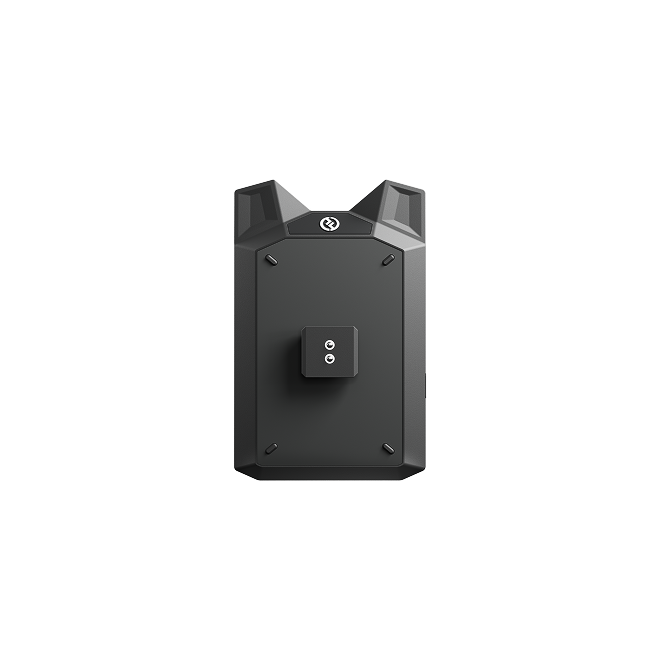

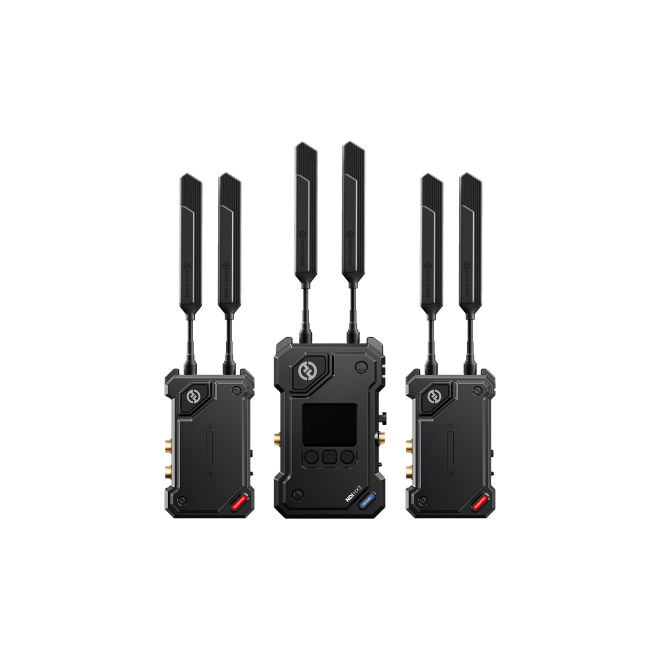
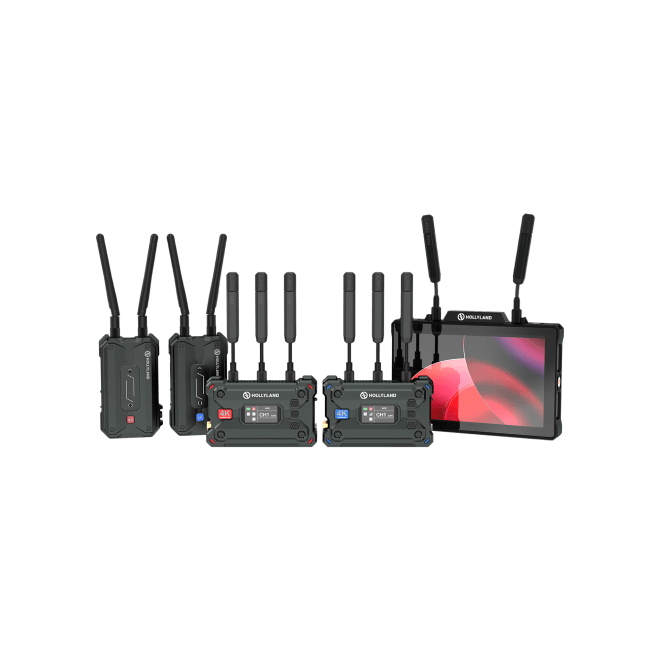
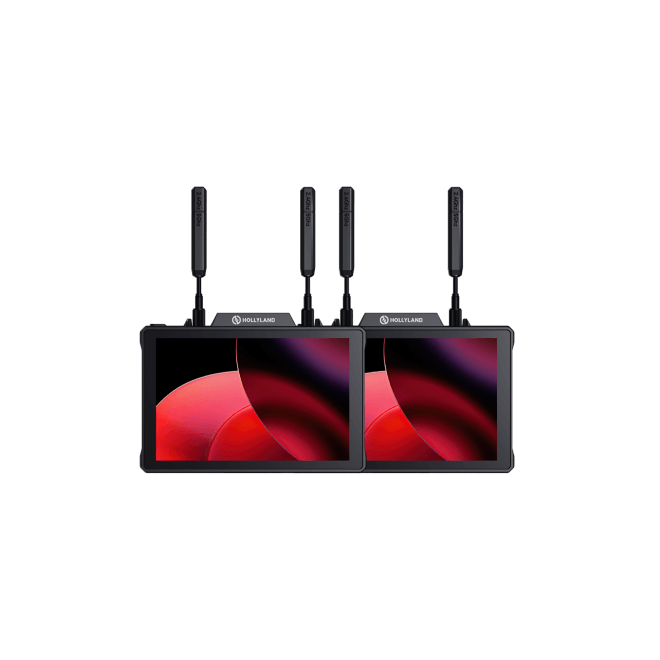
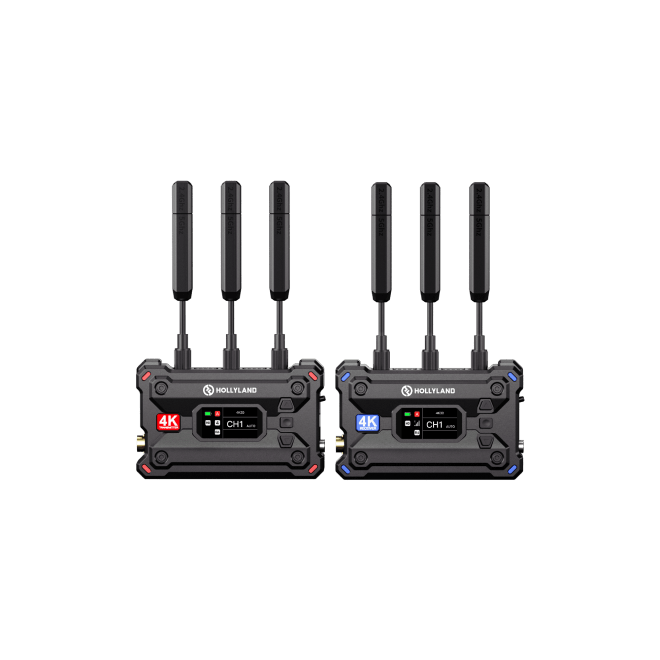
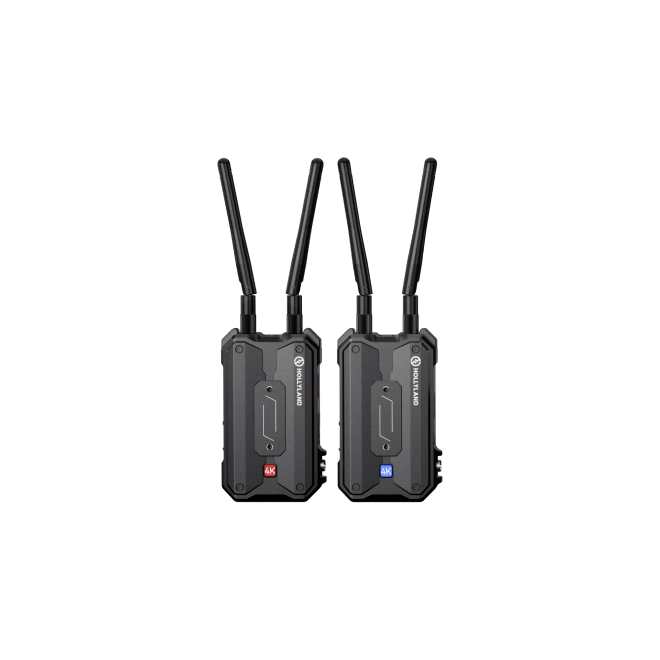
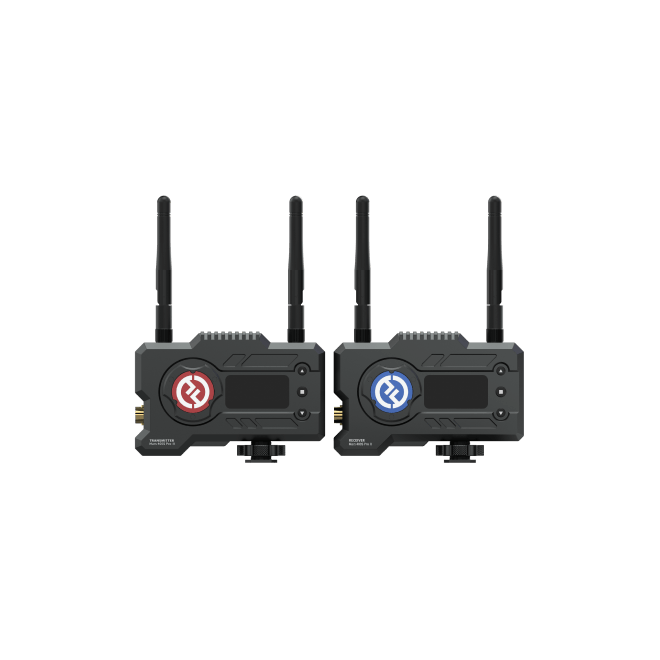
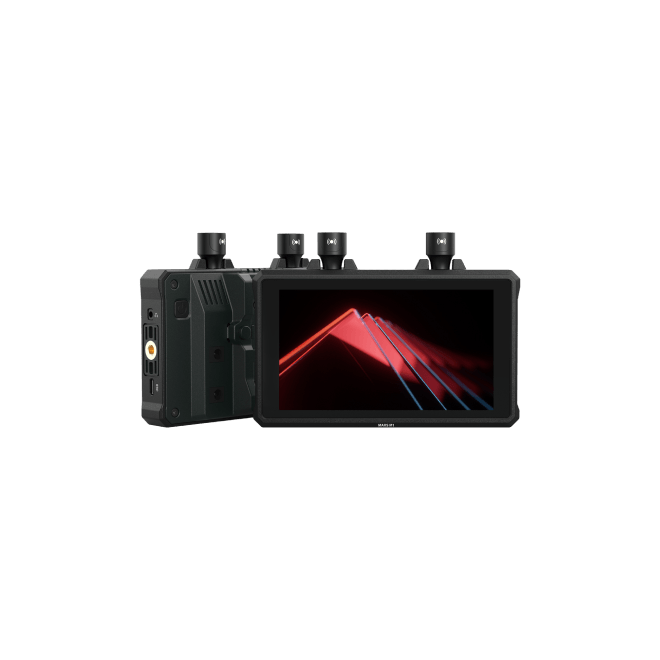
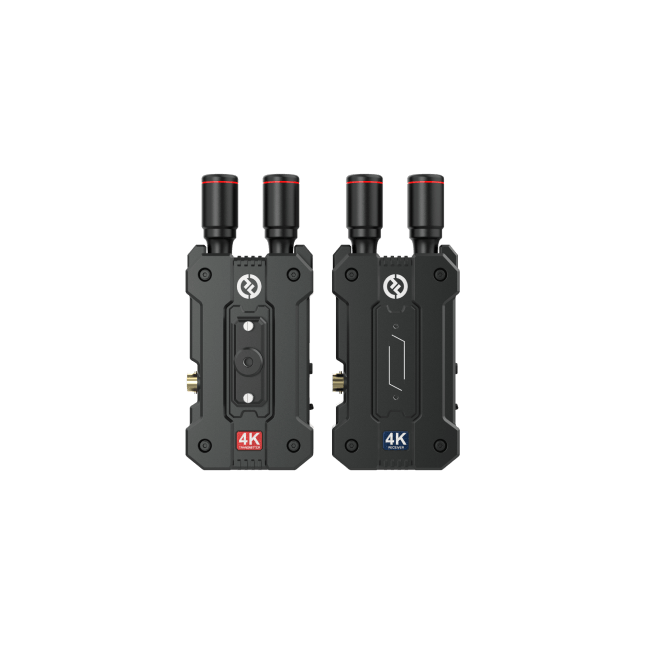
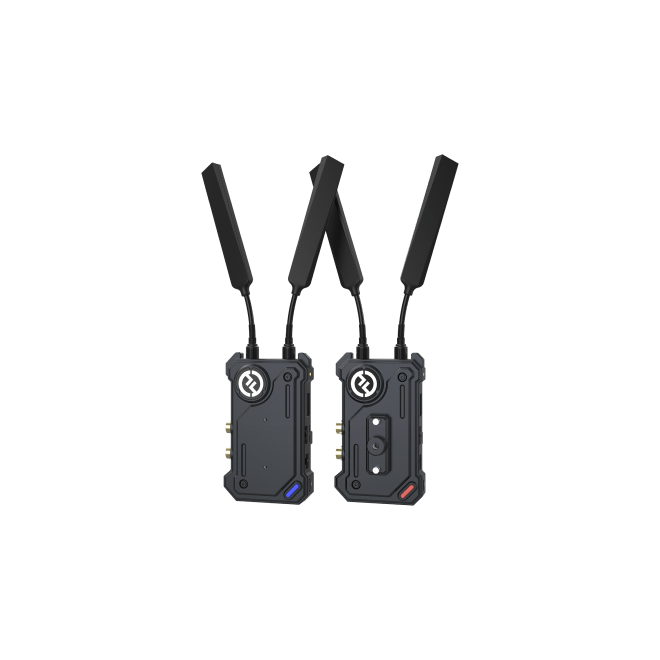
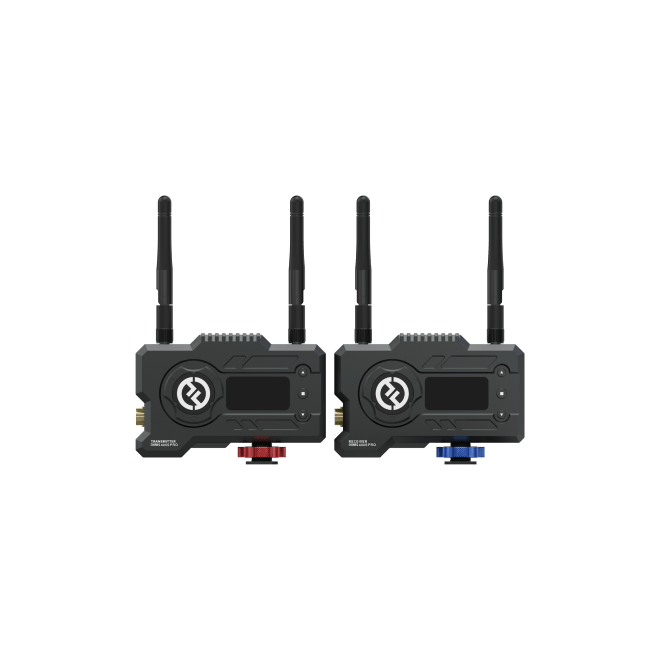
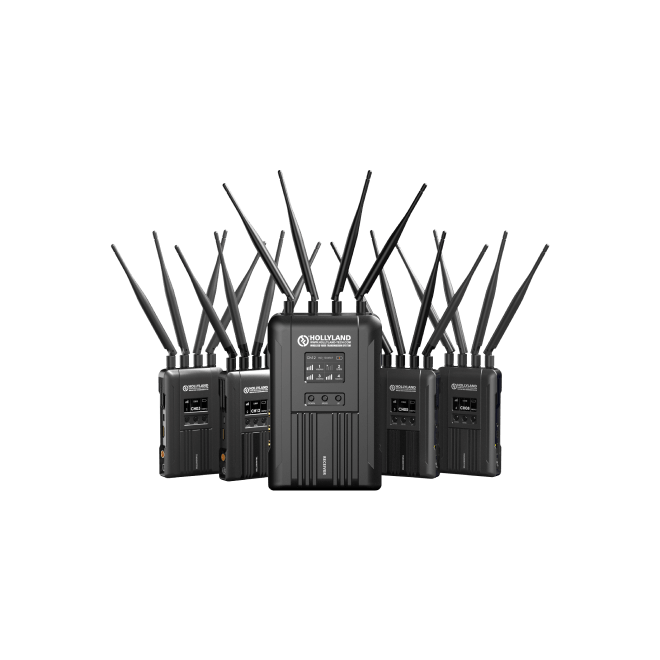
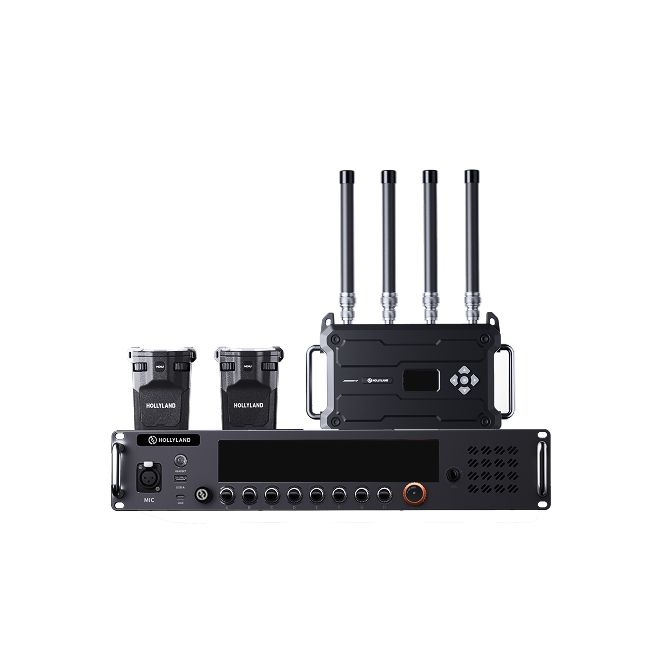
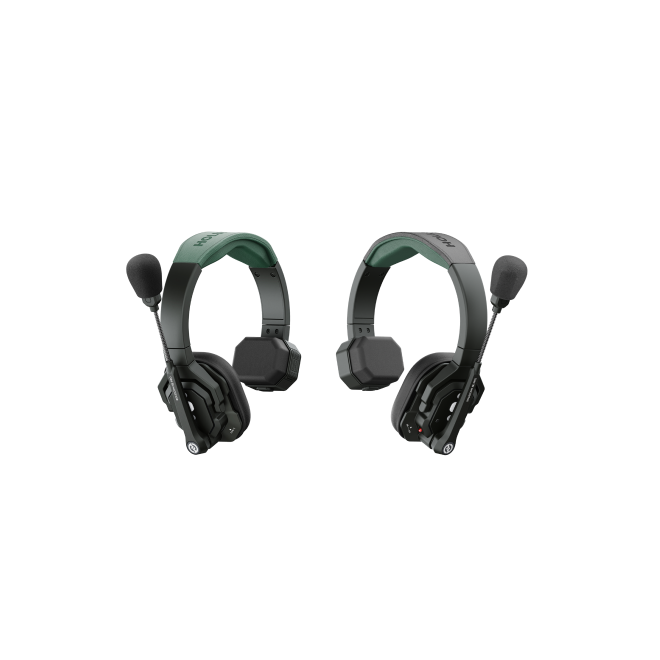
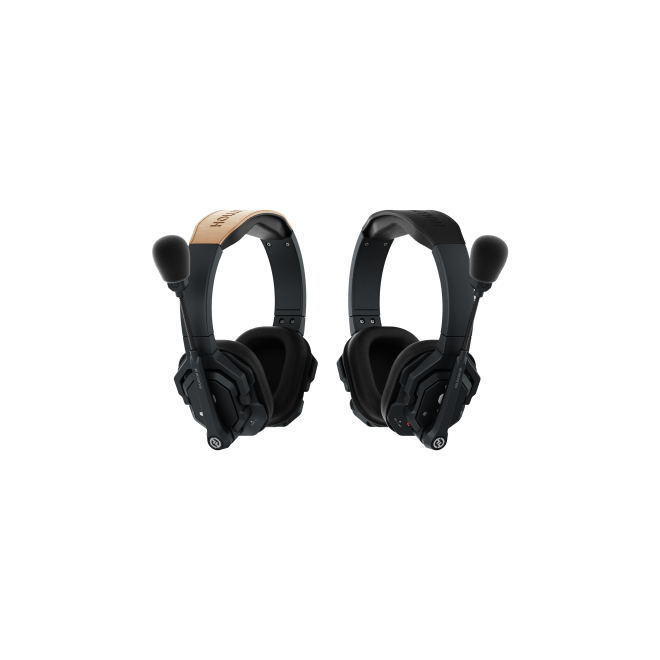
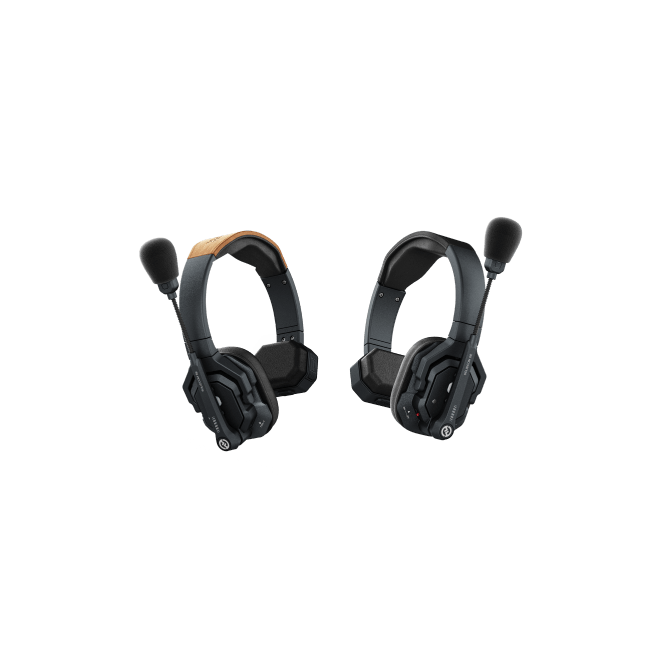
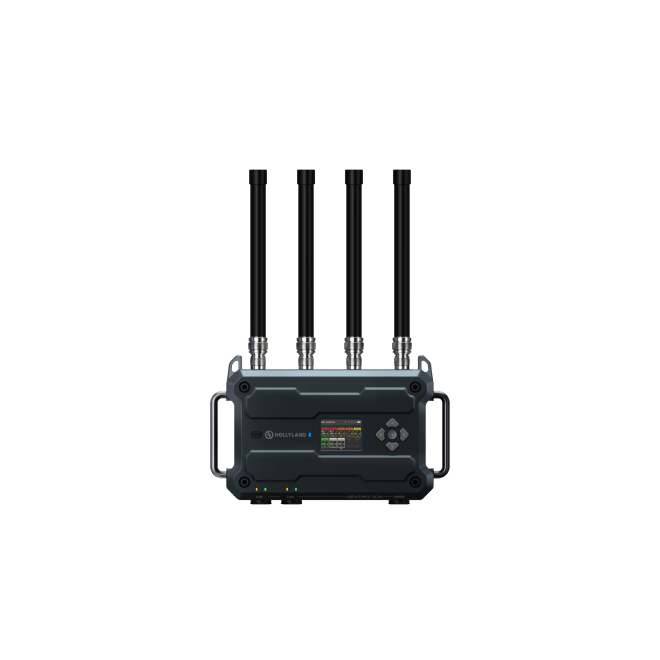
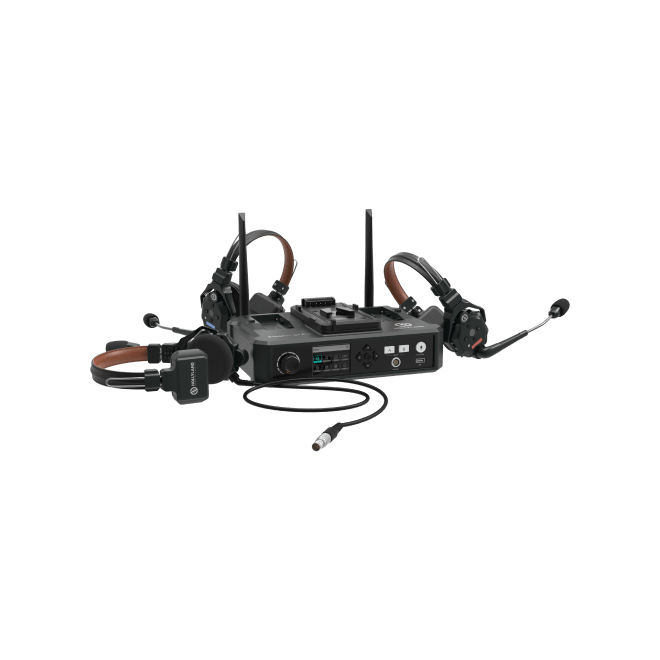
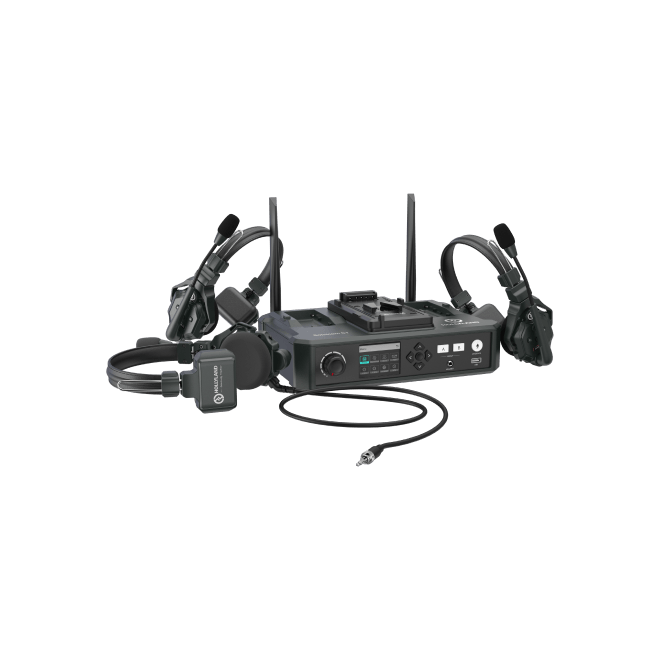
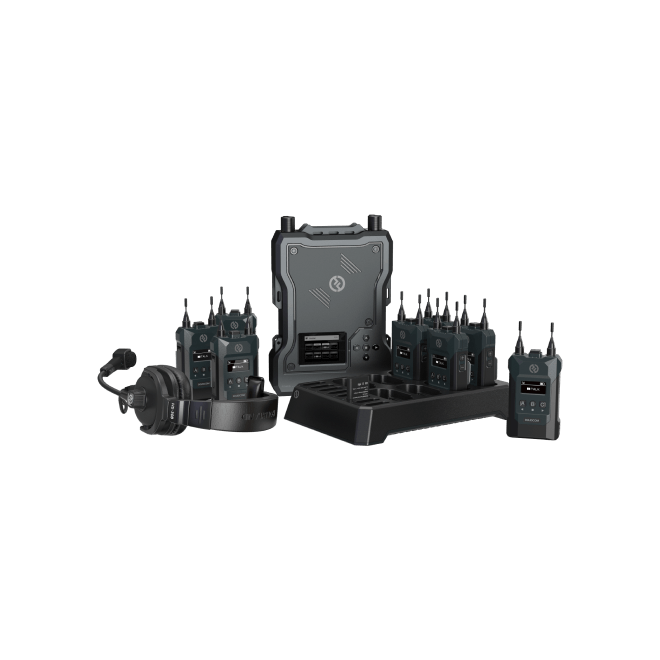
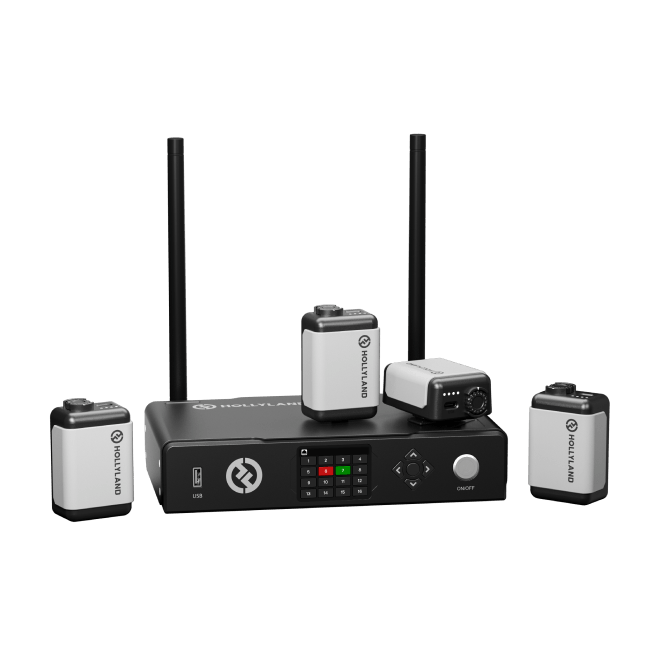
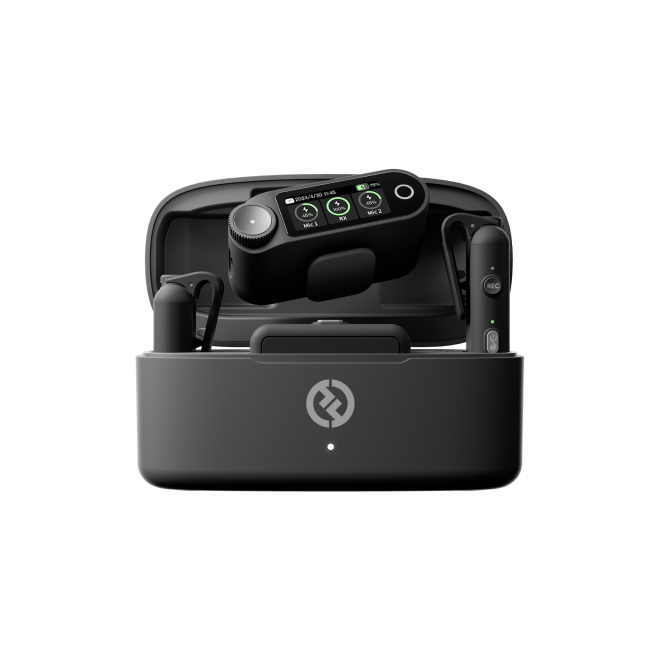
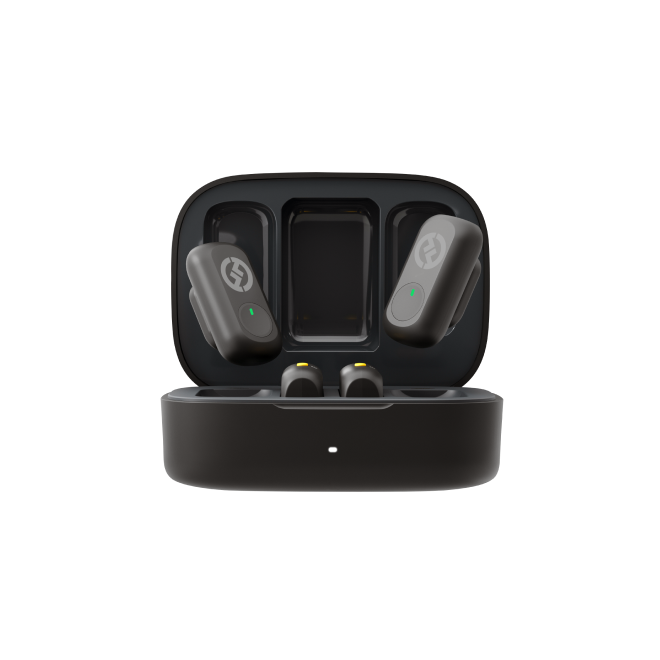

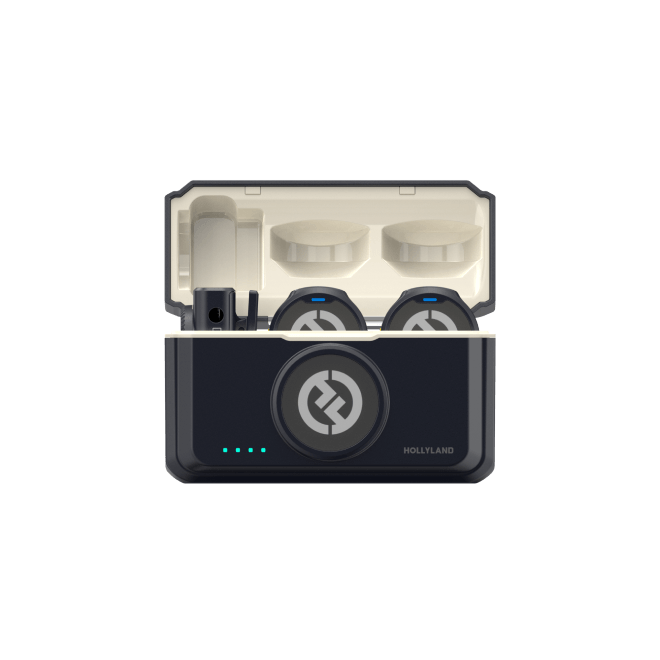
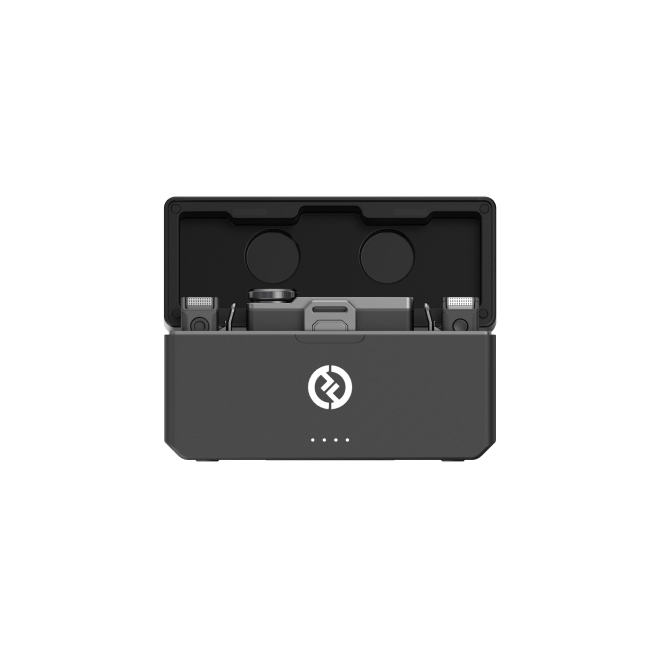
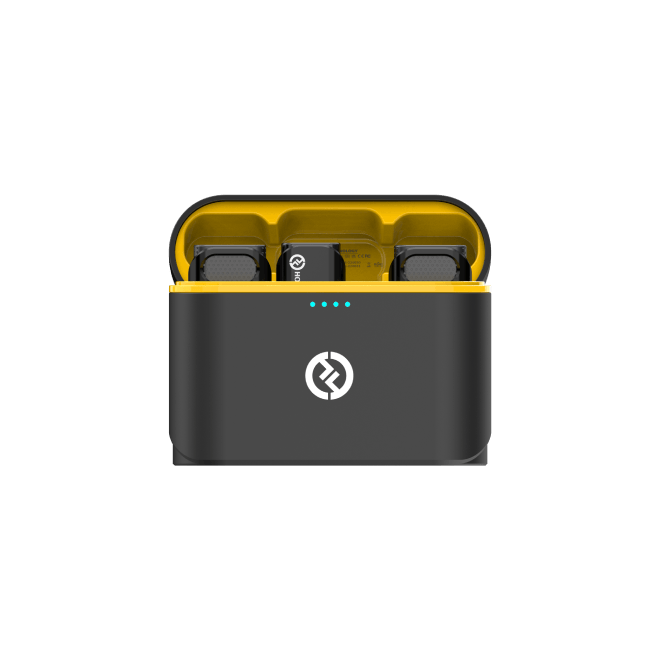
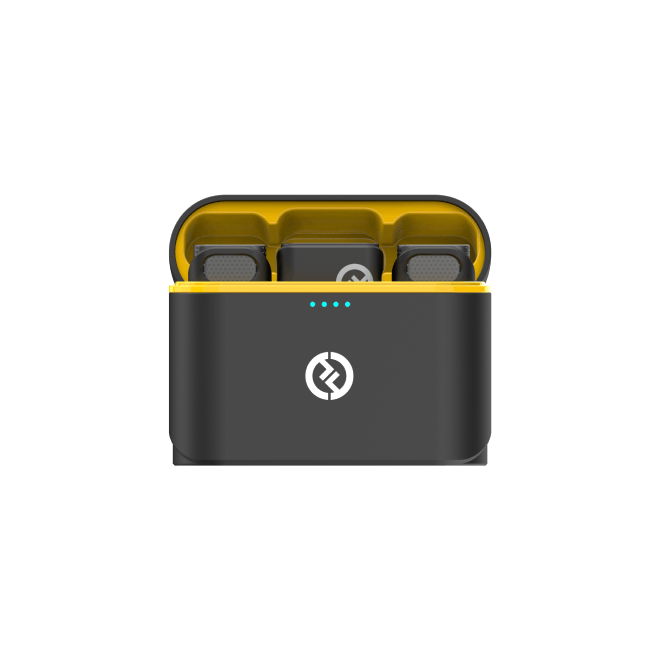
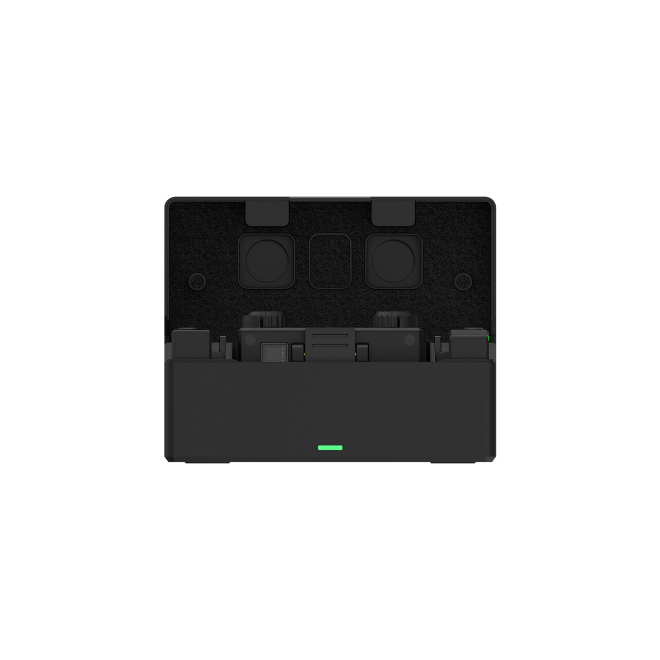
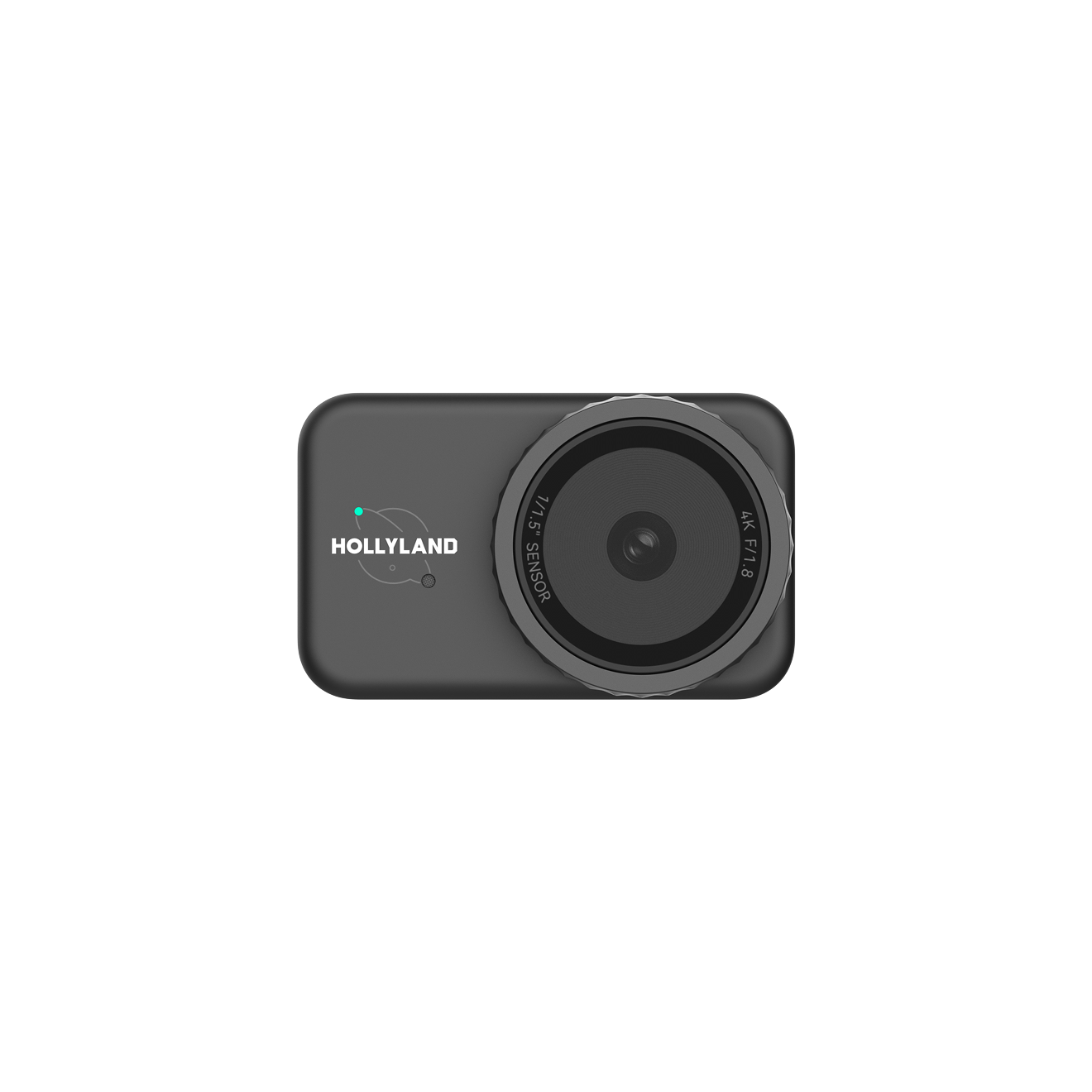

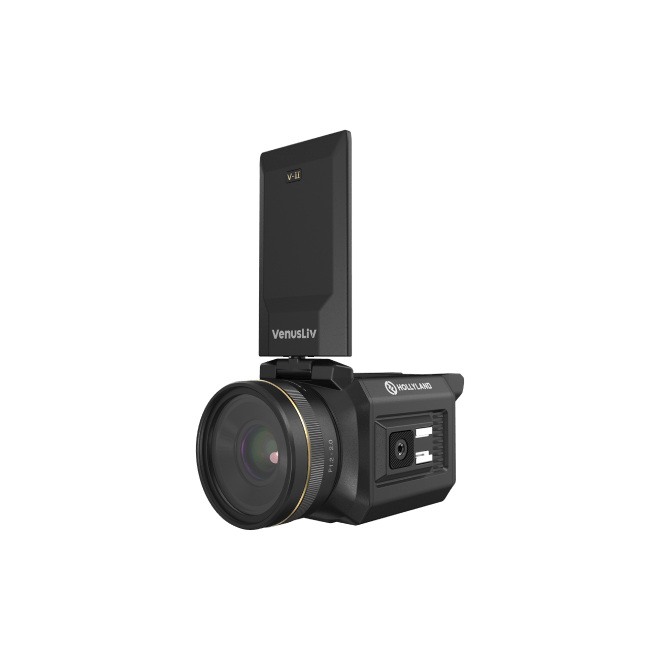
.png)






